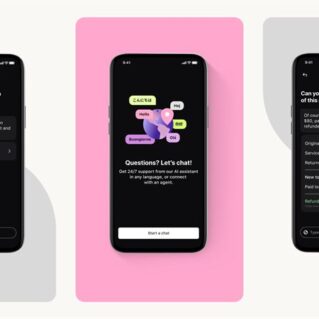Influencer marketing has become a necessity as customers shift their shopping preferences. The American Marketing Association (AMA) says that 80% of companies in the US now use influencers for marketing purposes in what has become a $17.4 billion industry. There is significant disparity between influencers, however, with some hosting millions of followers, while others recommend products to an audience of only a few thousand or less.
These influencers with smaller followings, known as nano-influencers, sell products on YouTube, TikTok and Instagram just as influencers with massive followings, or macro-influencers, do. To be sure, macro-influencers reach more people, but the AMA’s new study is pointing to the notion that the more crucial data point to drive profitability is engagement rather than followers.
Nano-influencers have what the AMA describes as a “more intimate connection” with their audiences that propels them to consistently outperform macro-influencers. Brand partnerships with nano-influencers deliver higher ROI and more authentic relationships, with the added bonus of affordability that allows for partnering with multiple nano-influencers to reach a broader audience for the same price as one cost-prohibitive macro-influencer.
When considering the reach to revenue journey of a sponsored post, the AMA found that revenue for macro-influencers may be six times higher than their counterparts with smaller followings, but the costs are also 18 times higher.
At a glance, macro-influencers may appear to be a stronger marketing spend, but the AMA’s data suggests that nano-influencers wield a different, more nuanced purchasing power with a ROIS, or return on influencer spend, that is three times higher than macro-influencers.


